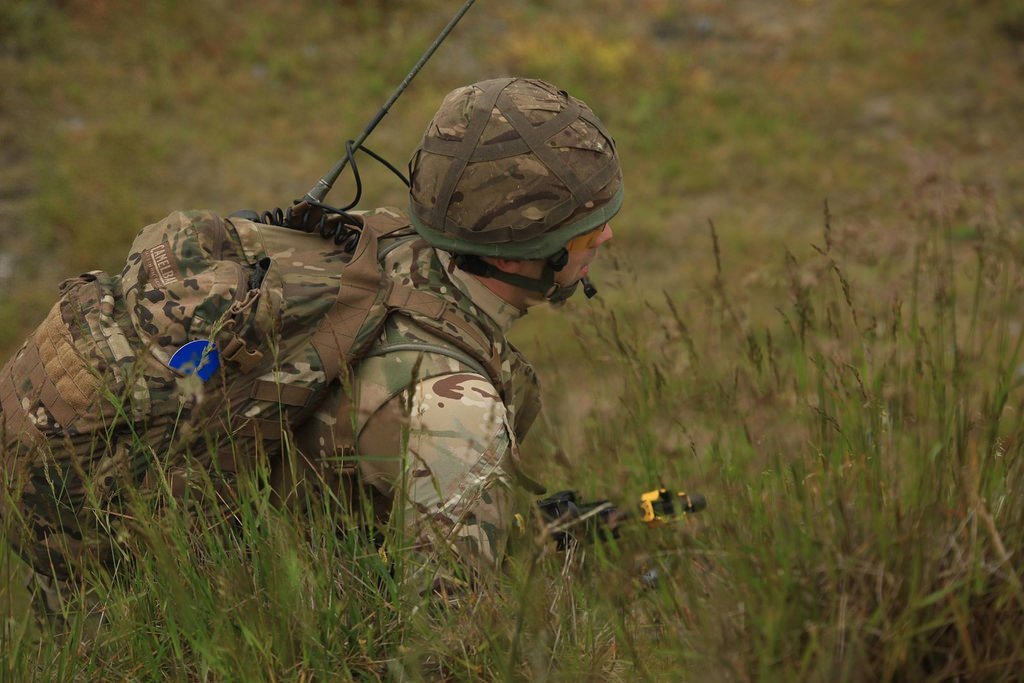Military Beret For Armies

The beret appellation first saw the light of day in 1800. It was at this time that the military beret began to be worn as a military accessory. Subsequently, the color of the beret immediately becomes linked to the status. The color black represented the peasant and poor class. Revolutionaries were attributed red, while light blue represented members of the French army’s elite.
In World War I, the peasant class and the most disadvantaged suspended the wearing of black berets. The reason is as follows: The British military opted at this very time, for wearing black military berets, to cover oil stains. The acceptance of the green military beret in the United States as part of their uniform has seen a great struggle. The commitment finally paid off, after the agreement given by President John F. Kennedy.
Today in the United States, military berets represent different groups that are part of their armies. The large beret called Tarte was first adopted by French alpine hunters. Then, the beret characterized by smaller dimensions is adopted by various weapons. The color of the military beret varied among military units. The word beret derives from the Béarnais (Gascon) name berret, which is the source of the famous saying Lo berret queei bearnés! “The beret is Béarnais”.
The word beret is asserted for the first time in French in 1835. Having the meaning of “woolen headgear, flat and without a brim, worn by the peasants of the country”. Subsequently, the beret was adopted as a hairstyle first by the French tankers. Then British, but also German, perfect for keeping your head safe in a very limited space. Subsequently, the post-war period saw the generalization of the wearing of the military beret in many armies.
The beret is generally, and as the most supported definitions indicate, a cap of circular and flat shape. A bonnet trimmed with an inner leather crown. The military beret breaks down as follows, from the top which is made from wool, for the benefits that this texture brings. Wool is known to regulate temperature and humidity. Therefore, the beret will bring freshness in summer, and warmth in winter.
The two eyelets included in the structure of the military beret gives rise to more achievable ventilation. The edge of the beret is made of leather in order to reconcile comfort and longevity. The military beret is distinguished from the civilian beret by the regimental badge hanging on the brim, and also the head circumference wore most of the time on the outside. It should be noted that the fold appearing on the military beret remains relative to the specific rules of each armed system.
In France, the most common military berets are, the dark blue beret called all arms beret, the red beret used by the French parachute system. The beret is traditionally worn pulled in the right direction, except for marine commandos. Hence the name of the commando beret. The headdress adopted by the battalions of chasseurs in France is what is called a tart, which is a fairly large beret. The black beret in Belgium is attributed to what is called armored troops.
The legion green military beret is worn almost by all legion units. The dark green beret intended for naval commandos. The royal blue beret is attributed to the light aviation of the army. In addition, the light blue turquoise beret is worn by soldiers in UN units. Military berets must be light and incorporate ballistic protection. Textile companies are realizing the benefits of high technology and are including it in their tailoring. Content and lightness sheltering the head both from harsh winters but also from the most desert temperatures: An essential condition for the manufacture of a military beret.
